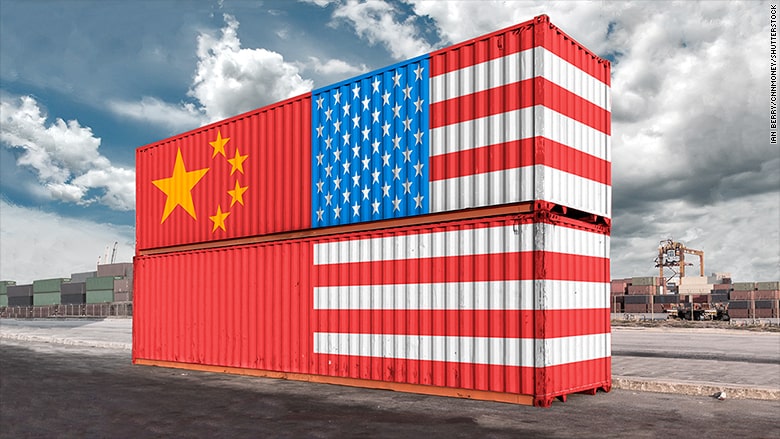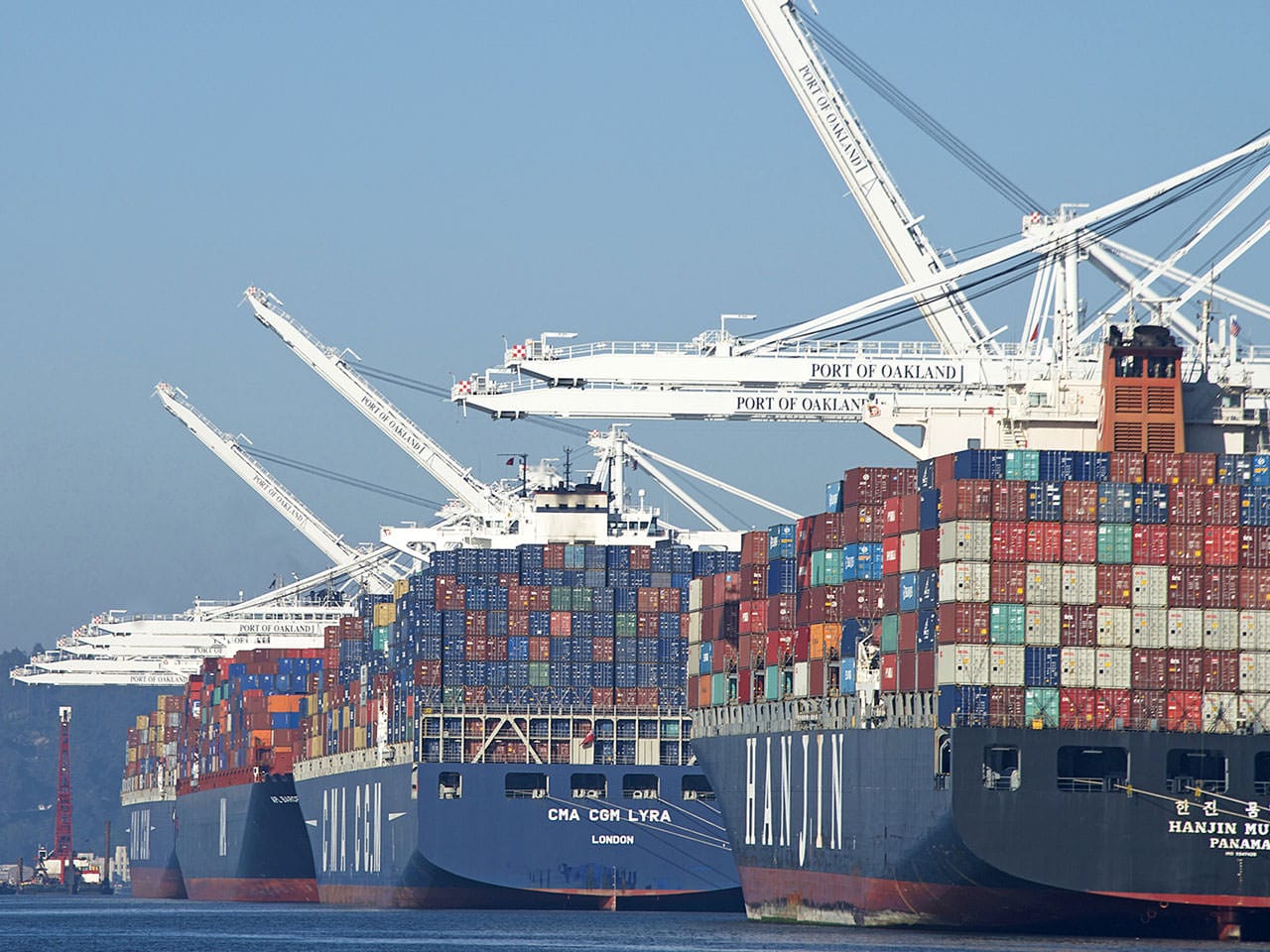How Will Rising Chinese Tariffs Impact the Stacked Stone Industry
Stacked stone is not nearly as glamorous or even remotely as large as some of the other industries, like steel and agricultural products, impacted by the increased tariffs on Chinese imports that came into effect starting in the Fall of 2018 and set to possibly increase as some point in the Spring of 2019. So it’s not a big surprise to us that our industry hasn’t been on the forefront, or really even mentioned in the political crossfire that has accompanied these tariffs. But the reality of the situation is that these tariffs do impact our industry. Small increases have already taken effect and a much larger potential increase looms with uncertainty out on the horizon. Let’s unpack what has transpired already, what might yet happen in the future, and what this means for the US stacked stone consumer in 2019.

To bring the reader up to speed, as of this article’s publication in March 2019, the standard import tariff on most stacked stone HTS import codes on Chinese goods increased from 6% to 10% in September of 2018. A proposed further increase to a 25% tariff was scheduled to come into effect for January 1, 2019 but was postponed in early December until March 1 with China and the US agreeing to a temporary truce. It was then later announced towards the end of February that the March 1 deadline would be extended but neither the US nor China gave a new concrete date for the new deadline.
For those not well versed in what this means, the easy to understand version of these tariffs is that currently the US government levies a tariff of 10% on the cost of the good being imported, which the importer pays to the government. It’s important to distinguish the increase in the tariff from increases in the cost of these products to the end consumer. The final end user price on an imported product almost always will include domestic transportation as well as a mark up for the US importer or distributor, hence the Fall 2018 increase from 6% to 10% hasn’t resulted in that large of an increase to the end user. Even if the full 25% tariff does come into effect, stone industry experts estimate that the increase to the end use might be between 10 and 15%.

Many Chinese exporters have been reacting to the changes by increasing their stock holdings in the US ahead of the proposed increases. There was a serious shortage of container space on boats heading from Asia to the West Coast of the US this fall with exporters aiming to clear and enter their goods before the tariffs increases took effect. The current unknown status on a trade deal is likely keeping Chinese exporters leery of putting too much cargo on the water, not knowing what the tariff will be when the containers arrive in the US.
In the author’s opinion, the losers in this deal are both the American consumer and Chinese stone manufacturing companies. While the stacked stone industry is an almost minuscule part of the total tariff package and trade deal, the increases in tariff rates will at some point hit the American consumer in the form of higher prices on these stacked stone goods. Higher prices in construction materials might mean people put off renovating their properties, or use other wall covering products in place of stacked stone like porcelain or ceramic tiles from Europe, South America, or made domestically. Chinese manufacturing companies are also likely feeling the squeeze with less new investment money coming their way as business people mitigate risk and opt for other places to invest their money as a result of the unknown future state of the tariffs.
The winner in this deal are companies that are manufacturing competing products in places besides China. Countries like Vietnam, Thailand, and India among others in Southeast Asia do not have nearly the level of manufacturing prowess as China, but with the potential for a 25% tariff on Chinese products into the world’s biggest market, opportunistic manufacturers, exporters, and importers will definitely be making plays in these countries.
Thanks for learning a little more about what the current and propose tariffs on Chinese imports might mean to the stacked stone industry. At Norstone, we’re dedicated to manufacturing our products in Vietnam and delivering them to our global markets, including the United States and hope anyone interested in stacked stone products considers our products for their next vertical wall application.
.png)



